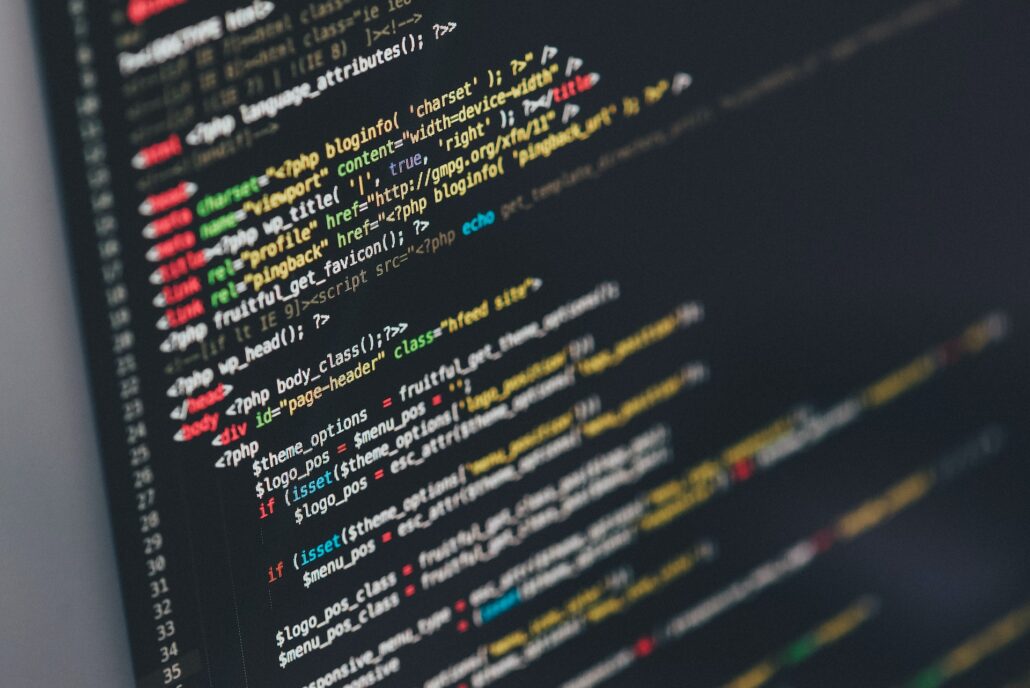In the realm of programming, even the simplest characters hold a hidden numerical essence. Journey with us as we unveil the secrets behind characters and delve into the art of extracting ASCII values in the Python programming language. This comprehensive guide will not only equip you with the skills to effortlessly acquire ASCII values but will also explore the depths of their significance within the coding universe.
By the end of this article, you’ll not only understand “how to get ASCII value in Python,” but you’ll also grasp the practicality and versatility these values offer.
The Essence of Character Representation
In the digital realm, characters are not just symbols but also have a numerical representation that underlies their existence. ASCII (American Standard Code for Information Interchange) is a character encoding scheme that assigns numeric values to characters, allowing computers to understand and process textual data efficiently.
Navigating the Path to ASCII Value Extraction
Step 1: Selecting the Character
Your journey begins by choosing the character for which you intend to unveil the ASCII value. This character can range from letters and digits to special symbols and even whitespace.
Step 2: The Power of the `ord()` Function
Python simplifies the process of extracting ASCII values through the built-in `ord()` function. By supplying the chosen character as an argument, `ord()` returns the corresponding ASCII value.
```python
character = 'A'
ascii_value = ord(character)
print(f"The ASCII value of '{character}' is {ascii_value}")
```The Practical Avenues of ASCII Values
Role in String Manipulation and Sorting
ASCII values are the cornerstone of string comparison and sorting mechanisms. By comparing the ASCII values of characters, programmers can efficiently determine the order of characters in strings, facilitating accurate sorting.
ASCII values find their place in the realm of cryptography and data encoding. Many cryptographic algorithms utilize ASCII values to perform secure data transformations, playing a pivotal role in safeguarding sensitive information.

Conclusion
Beneath the surface of seemingly mundane characters lies a treasure trove of numerical significance. By mastering the art of extracting ASCII values, you’ve acquired a fundamental tool that opens the door to a wide array of coding applications.
As you navigate the intricate landscapes of programming, remember that each character carries a unique numerical identity, waiting to be unveiled and harnessed.
Armed with this knowledge, you have the power to bridge the gap between text and code, infusing your creations with a deeper layer of meaning and functionality.

